Supports in online games tend to be underrated, but I see them as the most powerful, and the hardest, class in Overwatch 2.
You’re capable of keeping your team alive for a long time, and it’s essential to be a good support and know how to position yourself. I always defend the concept that the first team to be defeated in a fight is the one that lost their support first.
In addition to, generally, having low HP, you have several responsibilities. With that in mind, we at UmGamer worked on a guide to teach you more about how to play as a support in Overwatch 2!
How to play Support in Overwatch 2
Deal damage
Supports are not synonymous with healing and don’t have only this one responsibility, it’s a differential to know when to target opponents to cause damage. A charged attack from Zenyatta, headshots with Kiriko's kunai, and the high damage potential of Ana and Moira are proof that supports can be essential for eliminations.
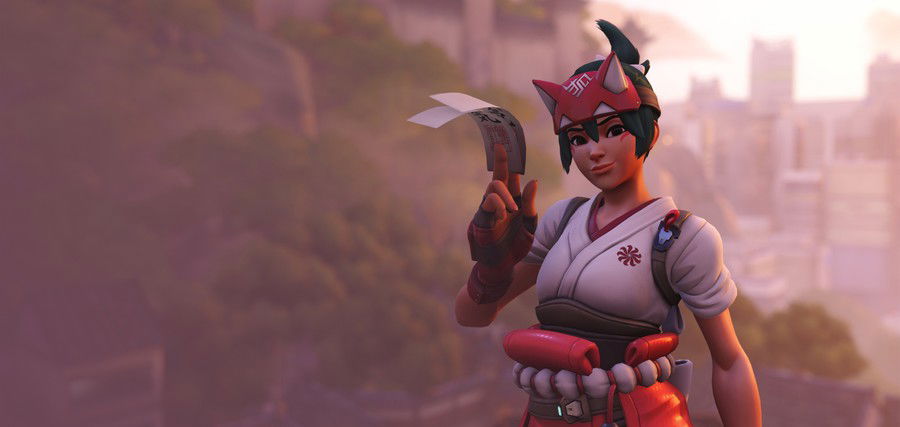
Of course there are exceptions, Brigitte and Mercy perform, almost exclusively, the role of supporting, without creating major threats to their opponents.
Logically, every support's main function is healing, remember that, but don't just stick to this idea, doing this will make you miss countless kill windows which could give your team a high advantage.
Before you think it's not possible, look at this case, where I (Moira) managed to deal almost the same damage as the DPS while keeping my healing at the average of other supports.
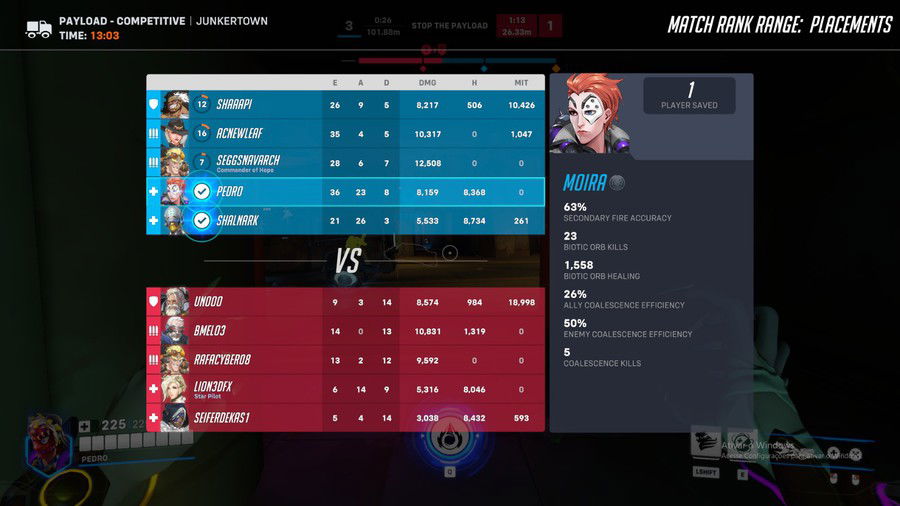
Know how to position yourself
It’s essential that you master the positioning when playing this class. Since the release of Overwatch 2, teams now have just one tank, instead of two.
This has made it so that damage and support heroes have become even easier targets, so stay alert!
The most important rule is: Never go on ahead of your tank. You may think that there’s no problem if it’s a Moira or Kiriko, who have high damage and mobility, but there is.
Even if there’s a good opportunity to take down an opponent with your damage and manage to come back with a locomotion ability, you will lose your only tool for escaping an enemy Dive.
A support's movement abilities are for evading enemy advances, not for returning from an advance of their own. A Kiriko becomes extremely vulnerable without her Swift Step, the same case for a Moira who has already used her Fade.
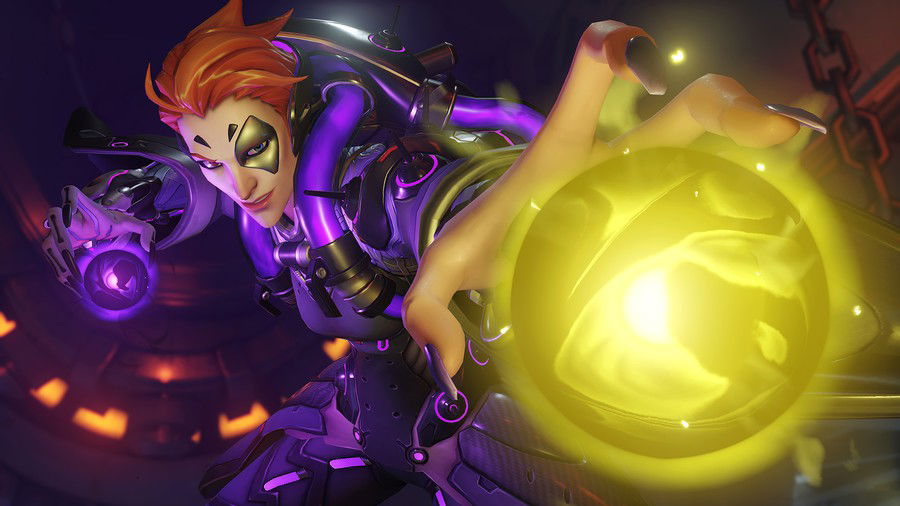
In case you eliminate a DPS, but then go on to die due to advancing and not having your movement ability available, we can consider that your team is now disadvantaged. A Support is more influential than a DPS in fights, everyone on the team can cause damage, but healing is basically exclusive to you, so avoid dying to avoid reducing your team's resistance.
There aren't many secrets to positioning, basically stay behind the tank, and keep them in your sight to be able to heal them.
Do not use abilities all the time
Supports overall have great abilities, but they come at a cost: their high cooldown time. Some examples are Kiriko's Protection Suzu with a 15-second cooldown, or Lúcio's Amp It Up with 12 seconds, in addition to Baptiste's abilities.
This means we can't throw them away over nothing. I see many Kiriko players using Protection Suzu just to grant a small heal to their ally, meaning they don't have the magic available when you or your companion need invulnerability, or some negative effect removed, which is Suzu's main function.
It’s also possible to see a similar case with Lúcio, we know that this hero's passive healing is not the best, only when it’s strengthened with Amp It Up. But many uses this amplifier with the speed passive just to reach the objective faster with their companions, and then they won't have a great cure available to save them.
Communicate
You’ll probably be the enemy team's priority target, so, whenever possible, use pings to warn of the presence of opponents close to you. Do this and reposition yourself to have a better chance at surviving.
Don't stick to a single support
Know how to adapt, understand that there are compositions in Overwatch 2, and a wrong hero selection can nullify you throughout the game, not adding to your team's plan or being annihilated by your opponents. We have a guide teaching more about each of these compositions, to understand more, click here.
Naturally, you will notice when you are being harmed, but a piece of advice is to always follow the information by pressing Tab to analyze whether it’s on average for others in the same class. I started the match I mentioned earlier, where I stood out compared to the other supports, with another hero, but I quickly realized that I was below, and I thought of Moira as a great option, and she ended up being fundamental to the victory.
So keep in mind that sometimes it’s necessary to make some changes.
Best heroes to start playing support in Overwatch 2
Finally, we'll see which are the best heroes to start on the support route. Just an addendum, this list is not based on any goal or win rate, the focus is to mention low difficulty characters to make it easier for you to start your journey in this class.
Zenyatta
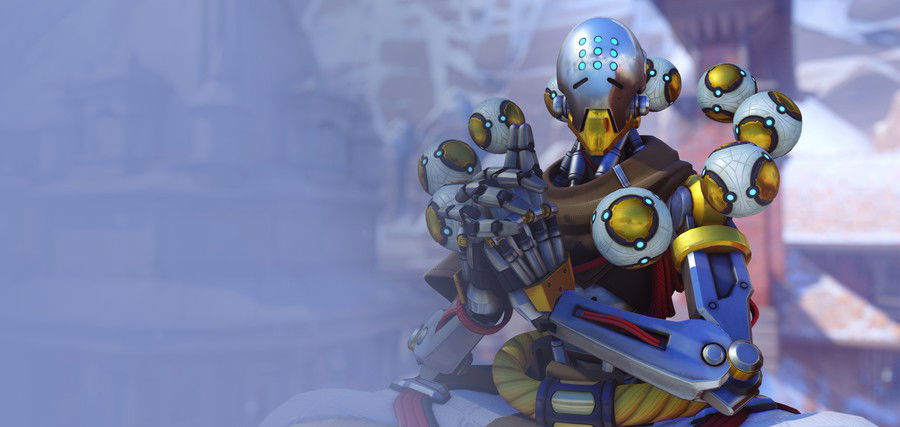
Zenyatta's abilities are simple, his healing is an Orb which can be switched between allies whenever you want. There’s also another Orb, used on enemies to increase damage sources upon them. There’s no need to aim these types of abilities, just click on the ally or enemy and it will automatically target them.
Just make sure to land the attacks, which have high damage potential, in addition to positioning yourself well during your Ultimate, it needs to impact as many teammates as possible.
Lúcio
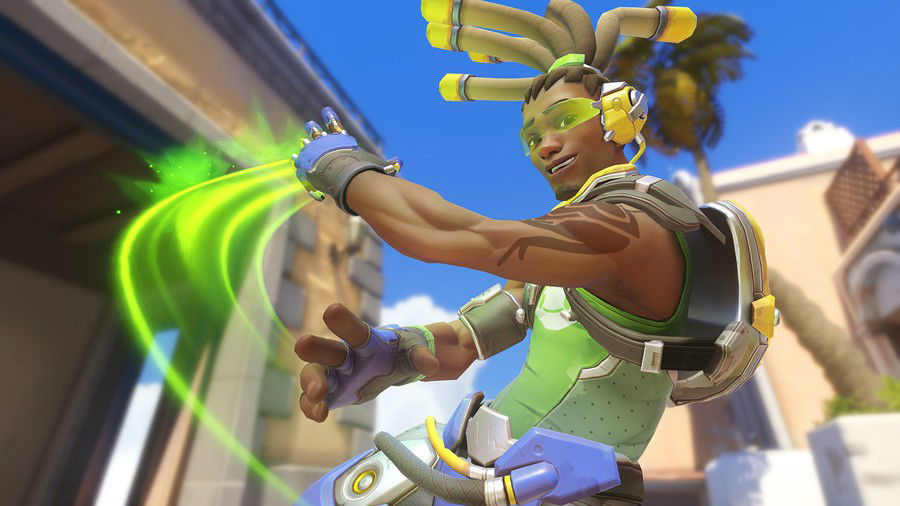
Lúcio's greatest advantage is having his health and speed increase passively. Amp It Up also doesn't require you to aim at something, continuing with the passive buffs.
Your only concern should be positioning, stay close to the team to guarantee the buffs, especially when using the Ultimate.
Mercy
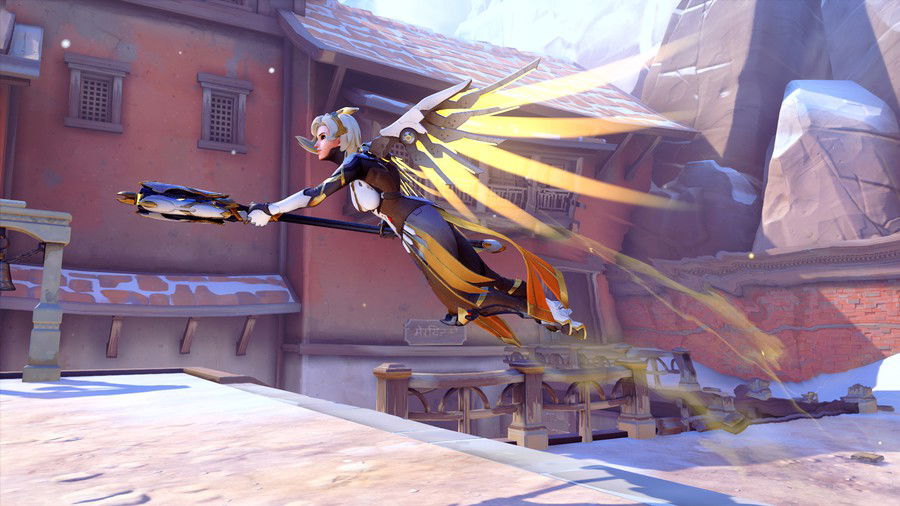
Without a doubt, the easiest heroine to play in Overwatch 2. We’ll rarely use Mercy's shooting weapon, just stay back and heal or buff your allies’ damage, especially the tank’s. Guardian Angel will help you accompany your team, whether advancing or retreating.
Conclusion
I hope this article helped you understand more about supports! I am open to any questions or suggestions.









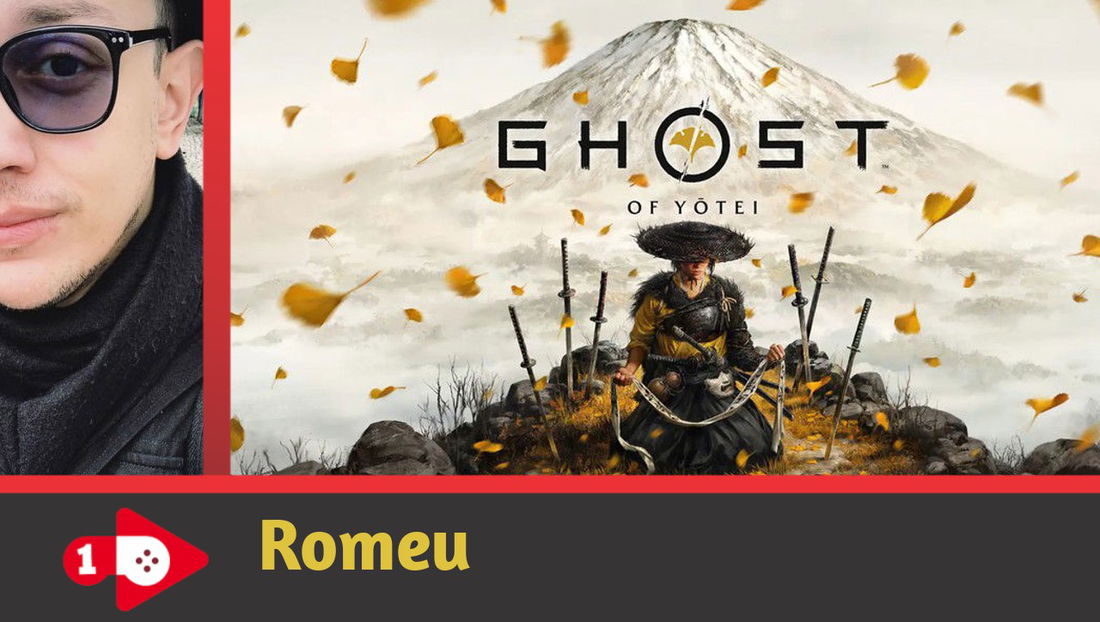


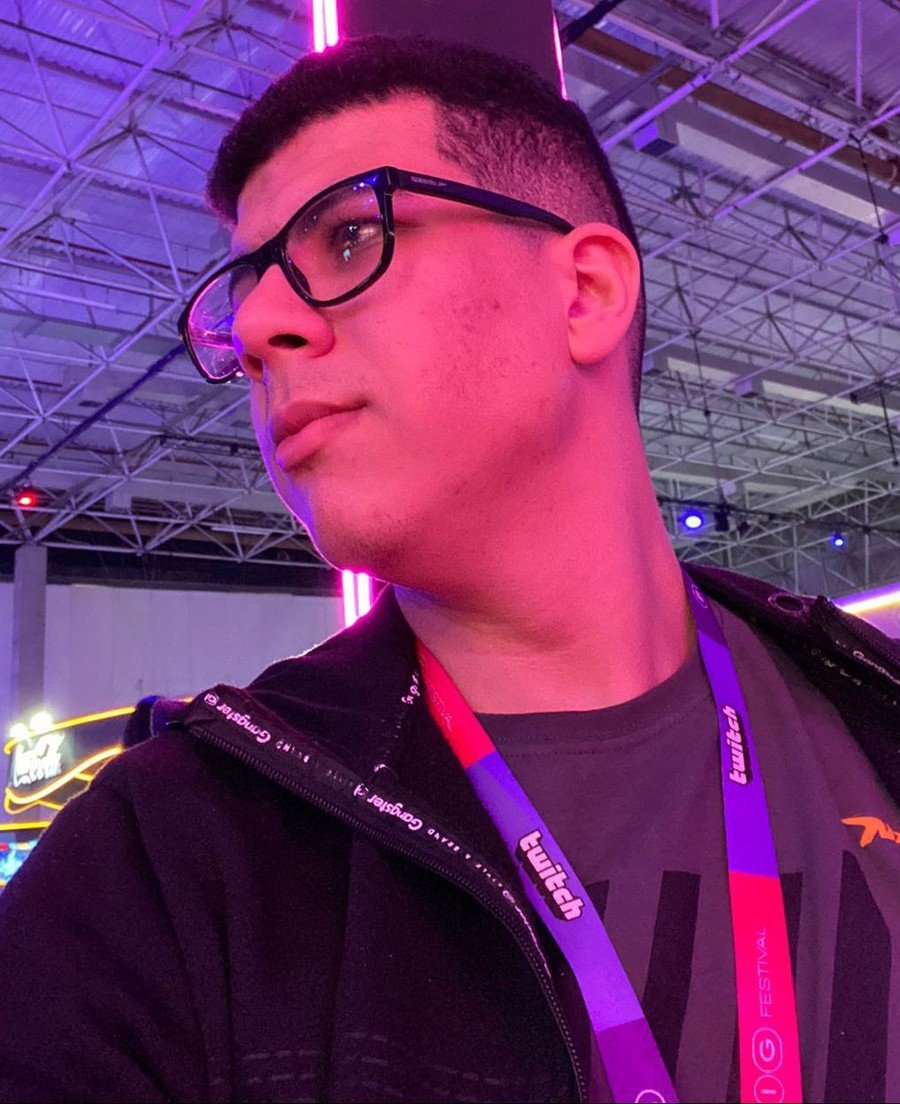

— Comentarios 0
, Reacciones 1
Se el primero en comentar